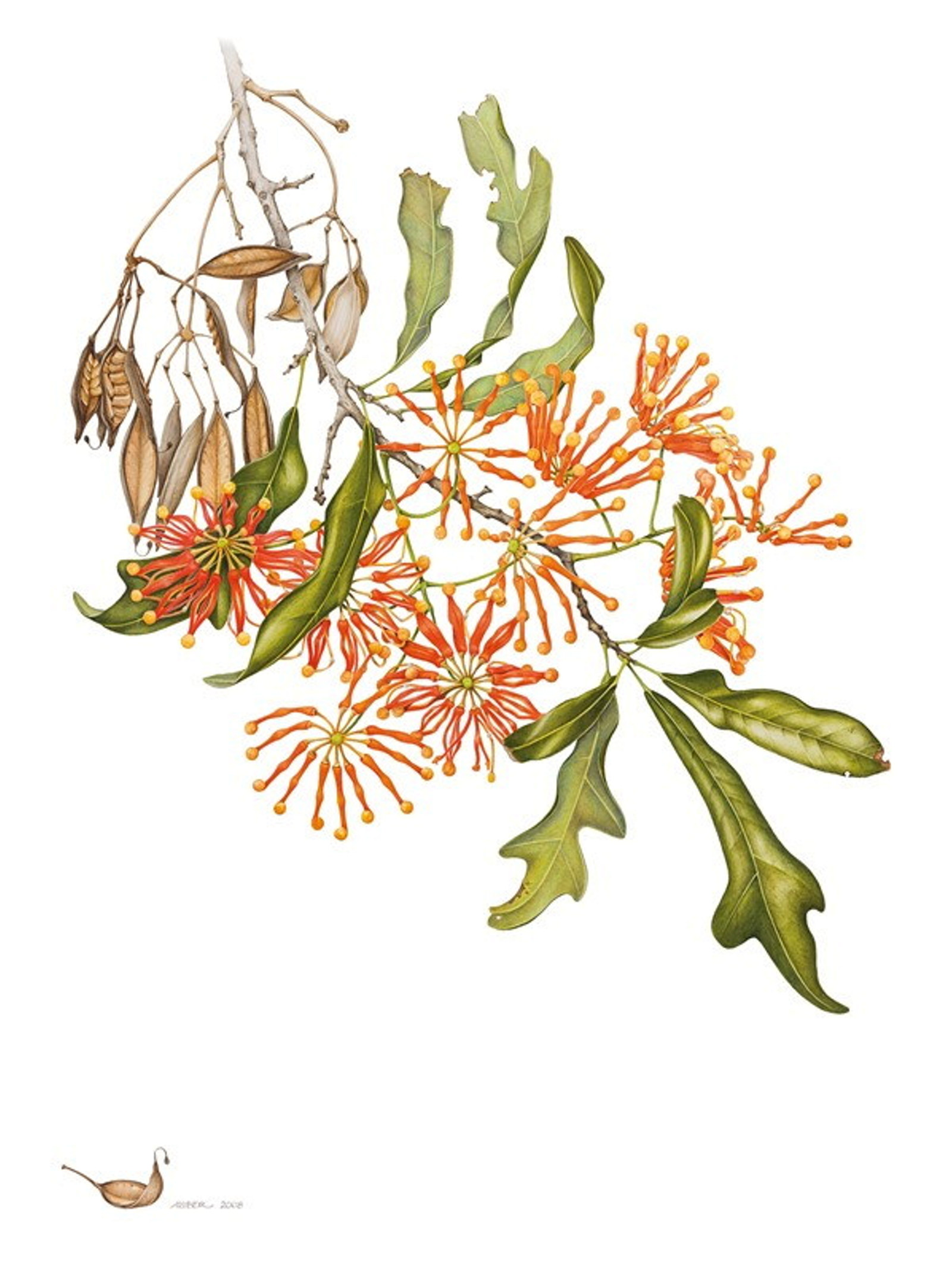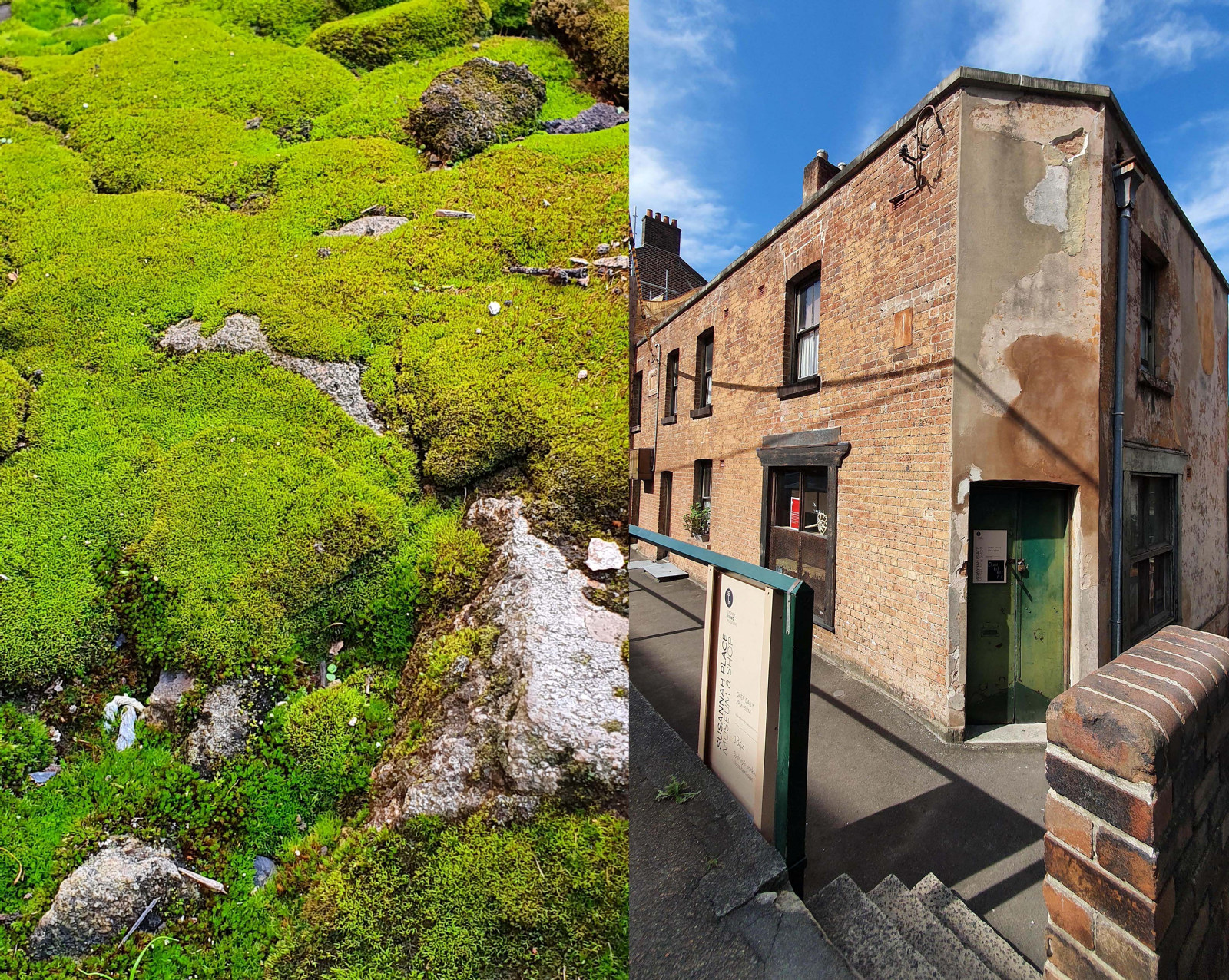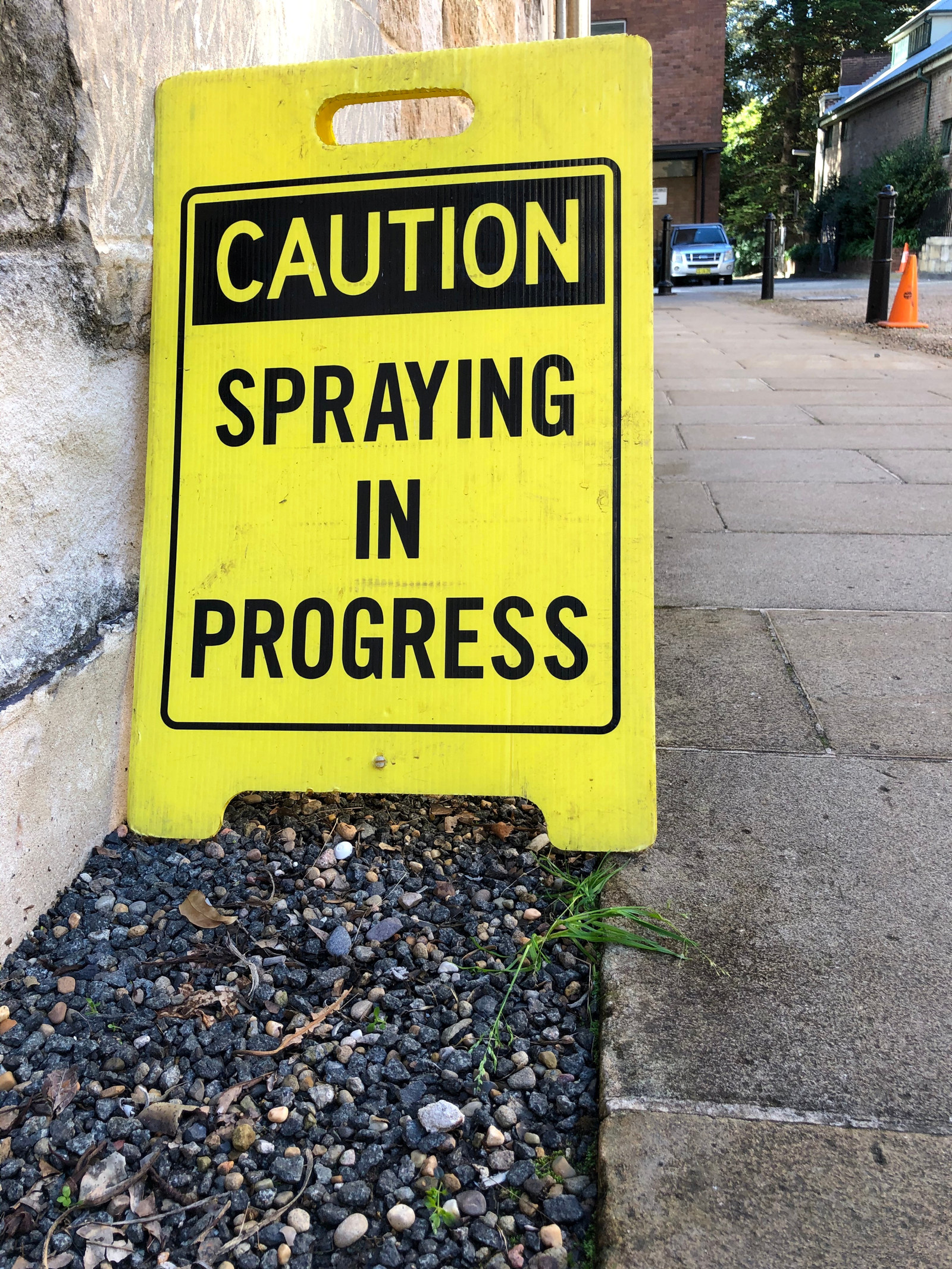Beautiful bountiful bamboo
First published 28 September 2020
One of the most recognisable plants growing at MHNSW today is bamboo. This colourful plant has a long history in colonial gardens.
Bambusa balcooa is a large-growing species of clumping bamboo originating in India. It was first introduced to the colony by Governor Phillip in 1788. He hoped it would thrive in the favourable warm climate with year-round exposure to the sun.
Bambusa balcooa is also a strong building material. It was often used to make chairs, fans, and woven mats in the Victorian period. Bamboo fences can be seen surrounding many of the gardens at both Vaucluse House and Elizabeth Farm. In fact, some original plantings of Bambusa balcooa still survive in these colonial gardens.
Vaucluse House is one of Sydney’s few 19th century homes still surrounded by its gardens and grounds. One of the great pleasures of visiting the estate is strolling through the winding paths of the pleasure garden. A number of Wentworth plantings still survive including the giant clump of Bambusa balcooa in the beach paddock1
Bambusa balcooa is also present at Elizabeth Farm. One of the earliest surviving homesteads in Australia, the property originally spanned 1000 acres of pastoral land. In the early 1980s, the Historic Houses Trust restored the garden surrounding the house. The garden includes a towering Bambusa balcooa found to the east of the carriageway.
One of the noticeable features of Bambusa balcooa is its height. The culms (stem) can be up to 20m tall with thick and sturdy walls. The leaves are often narrow and on average 15cm-30cm long. A light brown sheath protects each culm and is covered in microscopic brown hairs, hiding a beautiful bright yellow and green stem underneath. It likes water and is often planted next to a creek, channel or pond. In very dry conditions it may shed all its leaves due to water-stress.
MHNSW also grows other varieties of bamboo that were present in colonial gardens. These include Bambusa multiplex and Phyllostachys aurea from China. We also grow multiple types of Arundinaria.
Thus, bamboo was a noticeable feature-plant of many colonial gardens in Sydney. It is a great example of the connections between the colony and Asia in the 19th century. Thankfully, many plantings still survive in the gardens at Sydney Living Museums.
Note
1. Vaucluse House: Statement of Significance, NSW Heritage Register, accessed September 2020.
Published on
Plant your history
Browse all
Florilegium plants
A gathering of flowers: the Florilegium collection
Finely detailed botanical artworks reveal the range of plants introduced to Sydney’s gardens over the past 200 years

Plant your history
A mossy analogy for Susannah Place: small but mighty
Mosses are everywhere! They are small, mighty, unsung and inhabit the most unusual places. They can be found in all our museum outdoor spaces if one looks closely enough

Plant your history
A new weapon in the war on weeds
A black and yellow sign warns me there is “Spraying in Progress”, and I wonder for a moment why no one is wearing a mask, or even gloves. But the dangerous looking mist enveloping these men is not what it seems

Plant your history
Acanthus - an apt symbol for The Mint
Look at any classical building today, anywhere in the world and chances are you will find an acanthus leaf lurking somewhere
